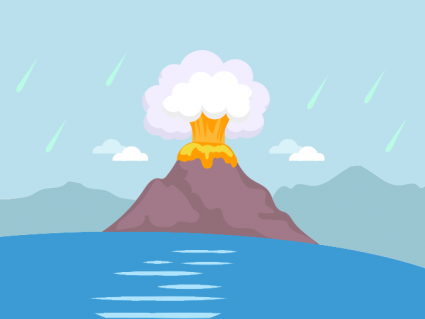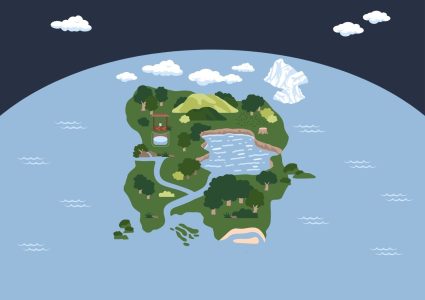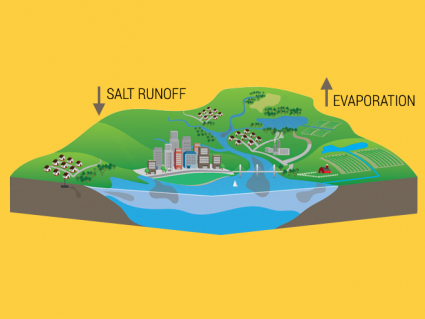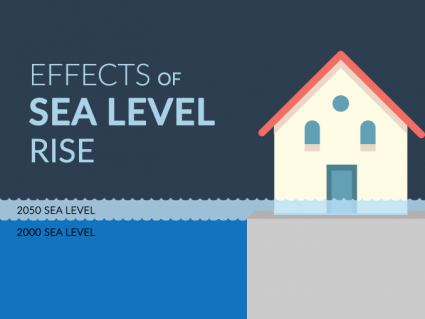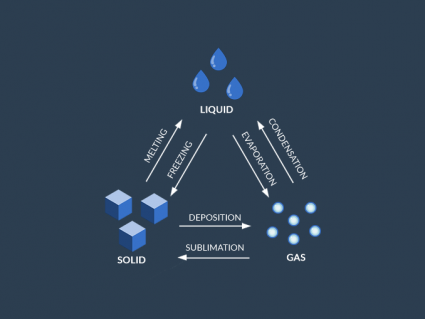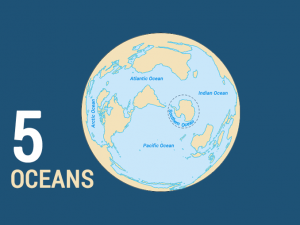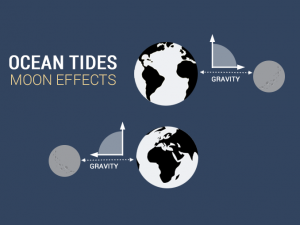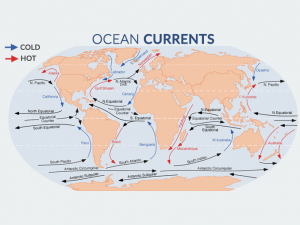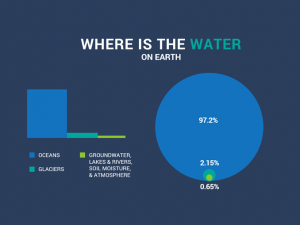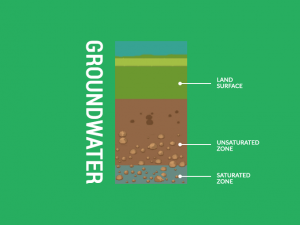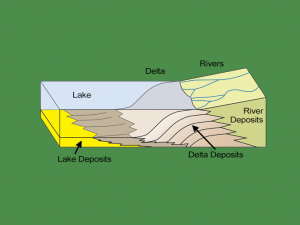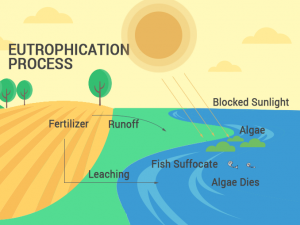Why Watersheds Are Like Upside-Down Umbrellas
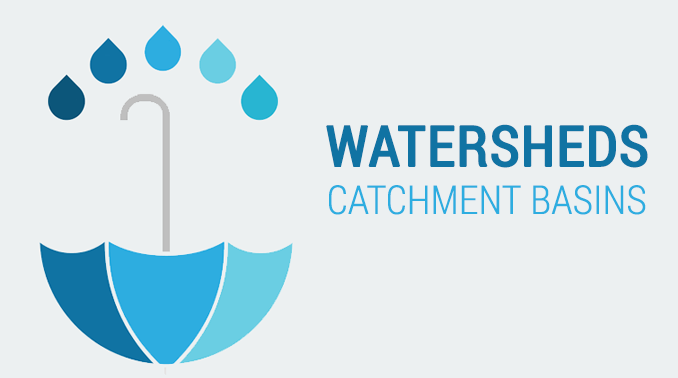
What is a watershed?
When it rains, water drains into a catchment basin called a watershed. Think of it as an upside-down umbrella.
The canopy catches water to eventually end up at the lowest depression. These depressions are often well-connected networks of tributaries.
They zig-zag all the way to a main body of water like a river or lake. That means everything upstream ends up downstream.
Example of a watershed
The white boundary is the extent of the watershed. In this example watershed, everything within the boundary catches rain and snow. Then, all this water drains into wetlands, rivers, lakes, and groundwater.
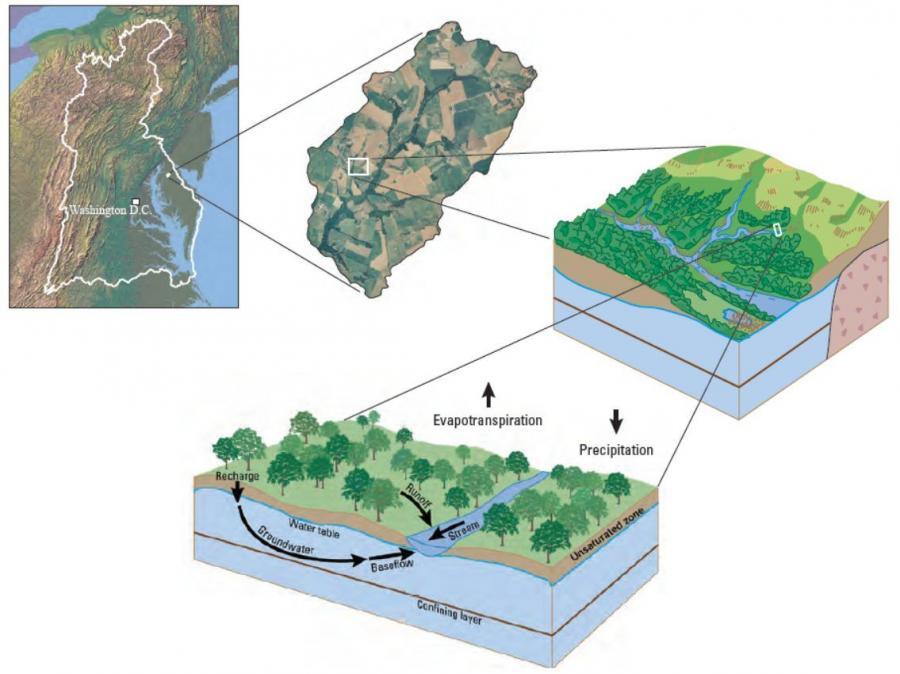
Any land we build is also part of a watershed. If it’s a recreational complex, an agricultural field, a forest reserve, or a parking lot, it’s part of a watershed too. If you put salts in a parking lot, eventually it can funnel down through a series of tributaries where it ends up in a main body of water.
Everyone lives in a watershed
When farmers put fertilizers in the soil, excess nitrogen can become washed away into streams as well, This ongoing issue can cause eutrophication in lakes. If the problem gets seriously out of balance, it can become a dead zone ending all aquatic life.
This is why we have watershed managers who regulate the amount of fertilizer or manure spreading. This conservation approach protects the health of where all nutrients end up which is usually a big body of water downstream (and eventually the ocean).
Political borders are irrelevant to watersheds. Whether it’s local, national, or international, the actions of one person affect another. In other words, what happens upstream ends up downstream. This is why our environment, economy, and society all benefit from a healthy watershed.
The water cycle connection
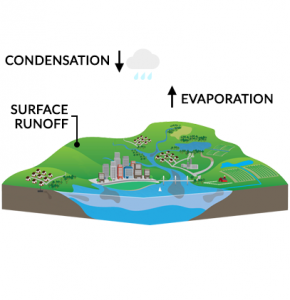
Drop by drop, water continuously moves through nature from the air, surface, and inside the ground. It evaporates, condenses, and runs off the surface as part of the water cycle.
90% of water falls back into the oceans. From the 10% that falls on land, the majority of water returns back into the atmosphere as evaporation.
Some water flows on the surface into the watershed or basin as runoff. But water doesn’t always collect into reservoirs. It flows through the ground as groundwater.
Water is extremely versatile. It can change phases from liquid to solid and vapor. These processes are freezing, melting, evaporation, and condensation.
Sublimation and deposition occur when water immediately turns into a gas or solid. This means that it skips the liquid phase going from solid to gas or vice versa.
What are Watersheds?
Watersheds are a unique and integral part of the natural landscape. Where they are found, watersheds act as the supply of water to rivers, streams, reservoirs, and other water bodies.
They also form a natural drainage system that regulates rainfall, storms, snowmelt, and floods.
Do you have any questions or comments about watersheds? Please feel free to use the comment form below and let us know what’s on your mind.

